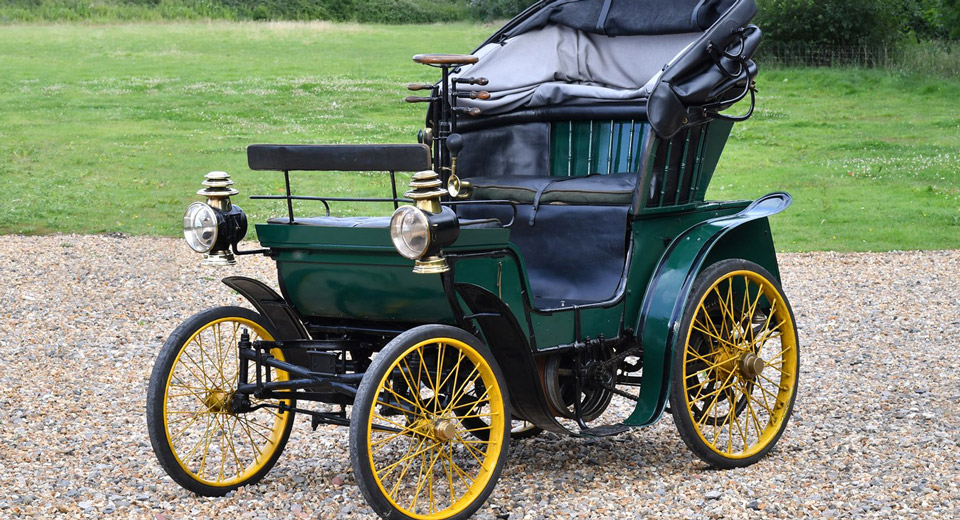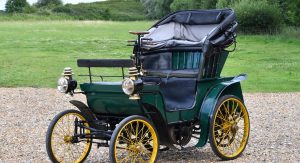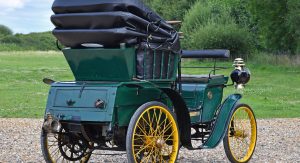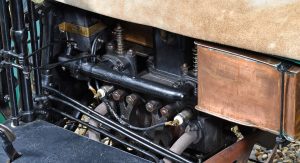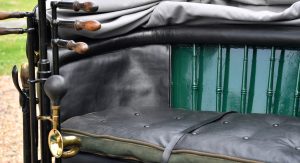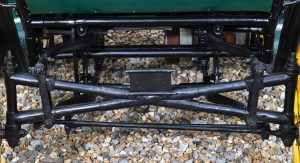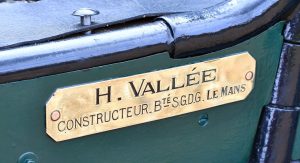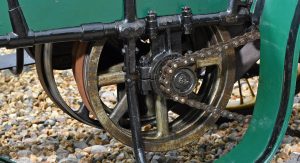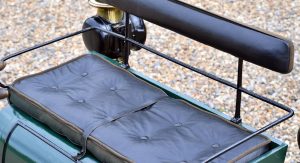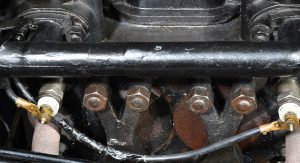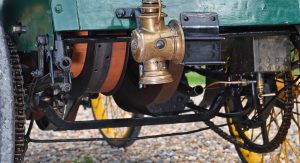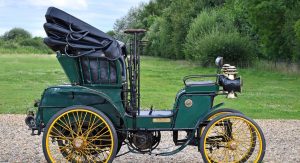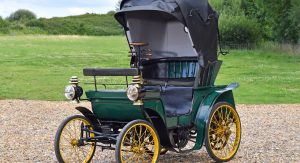In the 19th century, personal transportation had an entirely new face, and while the majority was moving from A to B riding a horse, this Vallée Vis-à-Vis has four sitting at its disposal.
You might ask what a Vallée Vis-à-Vis is – and rightly so: it’s a four-seat basic car, made from 1896 by Henri Vallée, a man who worked on the massive steam coach that Amadée Bollée produced for Marquis du Broc in 188, and who set up his own company at Le Mans in 1890 to make bicycles.
His first tube-chassis car, powered by a two-cylinder horizontal engine made by himself came five years later and was exhibited at the Cycle Salon in Paris. Mr. Vallée enjoyed producing automobiles and brought two new models to the following year’s Paris event, a four-seat Victoria and the Vis-à-Vis.
By 1897, Henri Vallée was producing vehicles with 3, 4, 5 and 7 HP. By 1902, however, his success had faded away and he was forced to produce motorcycles for a few years before stepping down completely.
Produced in 1897, the Vallée Vis-à-Vis is one of just two Vallées known to have survived, and it remains in original condition, except for a paintjob and a new black canvas. Throughout its long history, the classic car was part of the Henri Malartre collection in Lyon, France, until 1970, but other details remain scarce at the moment.
Participating at RMSothebys London auction, on September 7, will give you the chance to find out more about this basic vehicle, but if you’re considering placing a bid, then you should know that it’s estimated to change hands for £70,000-£90,000 ($91,915-$117,175).



